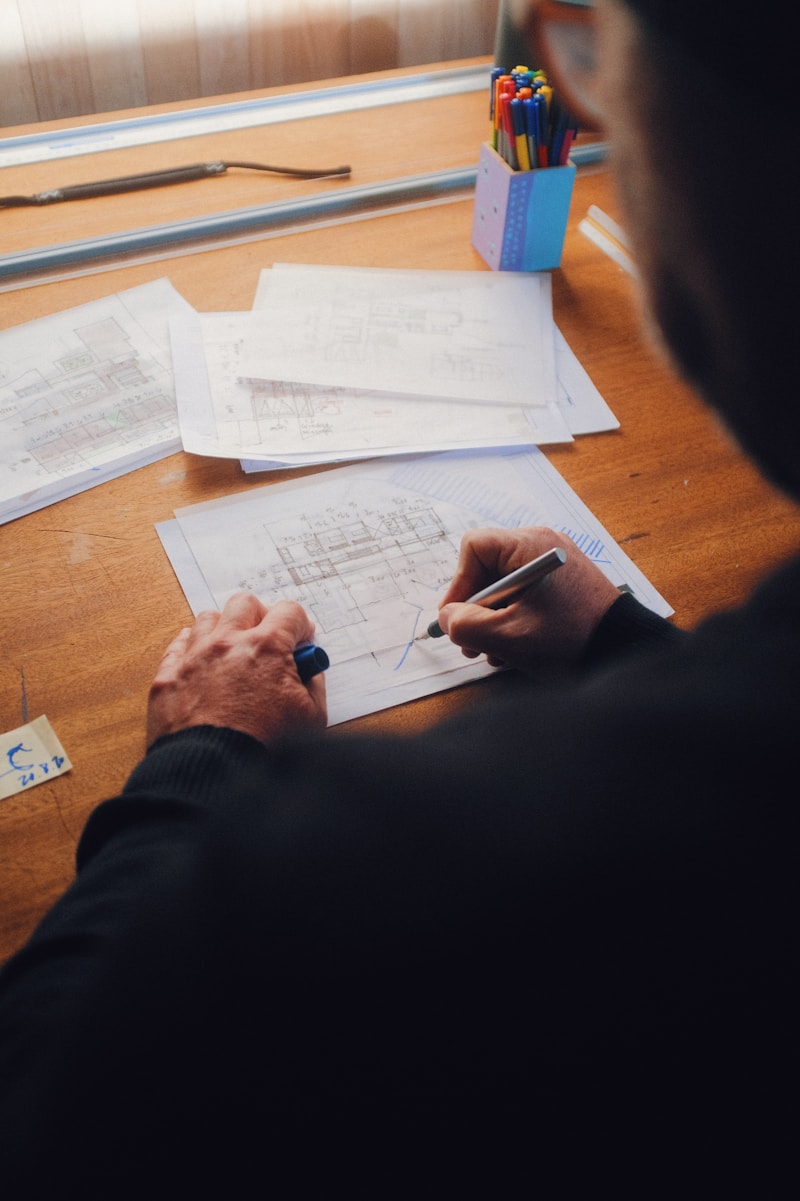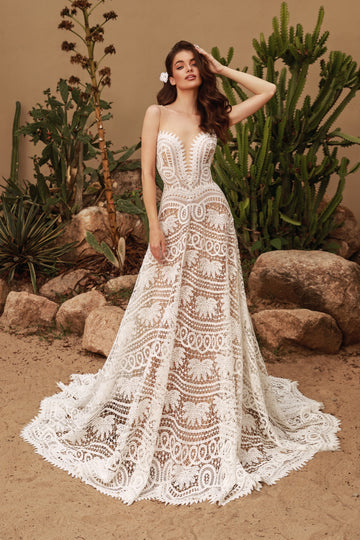How to Communicate Your Vision to Designers: A Comprehensive Guide
How to Communicate Your Vision to Designers: A Comprehensive Guide
In today's competitive market, having a clear vision is crucial for any project, especially in design. Yet, many struggle with how to effectively communicate that vision to designers. This article provides actionable insights and tips on how to communicate your vision to designers clearly and effectively.
Understanding the Importance of Clear Communication
Effective communication is pivotal for project success. When stakeholders and designers are aligned on the project's goals and vision, it leads to better outcomes. By articulating your vision, you help the design team understand not just what to create, but the meaning behind it. This shared understanding ensures that the final product resonates with both the brand identity and the target audience.
1. Define Your Vision Clearly
Before approaching designers, it's essential to have a defined vision. This involves answering fundamental questions such as:
- What problem do I want to solve?
- Who is the target audience?
- What emotions do I want to evoke with my design?
- What are the core values of my brand?
By answering these questions, you create a solid foundation to communicate your vision. It's also helpful to document this information in a design brief to ensure that all parties are on the same page.
2. Utilize Visual Aids
Design is highly visual, so using images, mood boards, and sketches can be incredibly effective. Consider creating a mood board that captures your vision visually. This can include:
| Element | Description |
| Images | Photos that capture the essence of your vision |
| Color Palettes | Colors that resonate with your brand and audience |
| Typography | Font styles that reflect the tone of the project |
| Textures | Materials or textures that convey the right feeling |

3. Use Clear Language
When discussing your vision, use straightforward and specific language. Avoid jargon unless you are sure the designers are familiar with it. Be descriptive about what you envision; instead of saying "modern design," elaborate on what modern means to you. For instance, you might describe it as "minimalistic with clean lines and an emphasis on functionality."
4. Encourage Feedback and Collaboration
Once you share your vision, encourage designers to ask questions and provide feedback. This collaborative approach not only improves understanding but can also yield new ideas that enhance the project. Remember, design is a two-way street, and involving designers in the conversation can lead to innovative solutions.
5. Set Clear Objectives and Expectations
Communicate the objectives and expected outcomes of the project. Are you aiming for higher engagement, improved brand awareness, or increased sales? Make it clear what success looks like for you and establish timelines and milestones to keep the project on track. A well-defined goal helps designers create with purpose.
Common Challenges in Design Communication
Even seasoned professionals can face challenges when conveying their vision to designers. Here are a few common hurdles:
- Ambiguity: Vague descriptions lead to misinterpretation.
- Over-Complication: Adding unnecessary details can overwhelm the designer.
- Lack of Feedback: Not providing direction during the design process can result in a product that doesn't align with your vision.
Effective Tools for Communication
Utilizing the right tools can significantly enhance the communication process. Here are a few useful tools and platforms:
- Project Management Software: Tools like Trello or Asana keep everyone on track and organized.
- Design Collaboration Tools: Platforms like Figma allow real-time collaboration on designs.
- File Sharing Services: Google Drive or Dropbox make sharing mood boards and documents easy.
Real-Life Examples of Successful Communication
Looking at successful projects can provide insight into effective communication techniques. For instance, during the branding of a startup, the founders created a comprehensive guide that included their vision, target market, and even competitive analysis. By giving the design team all the necessary context, they received branding assets that perfectly aligned with their goals.
Case Study: Brand X
Brand X aimed to reposition itself in the market. The design team created a series of prototypes based on the comprehensive design brief provided, which included mood boards, key audience personas, and market positioning. Regular feedback sessions allowed for adjustments, leading to a successful rebranding campaign.
Final Thoughts
Communicating your vision to designers is an art that can significantly impact the final outcome of your project. By defining your vision clearly, utilizing visual aids, using straightforward language, encouraging collaboration, and setting clear objectives, you set the stage for a productive relationship with your design team. Remember to leverage tools that facilitate communication and feedback, ensuring that everyone is aligned. The key takeaway is that the more effort you put into articulating your vision, the smoother the design process will be, leading to a final product that truly reflects your ambitions.
Finally, keep in mind that design is a journey. Embrace the process, stay open to new ideas, and cultivate a collaborative atmosphere. Effective communication is the bridge that connects your vision to reality.
